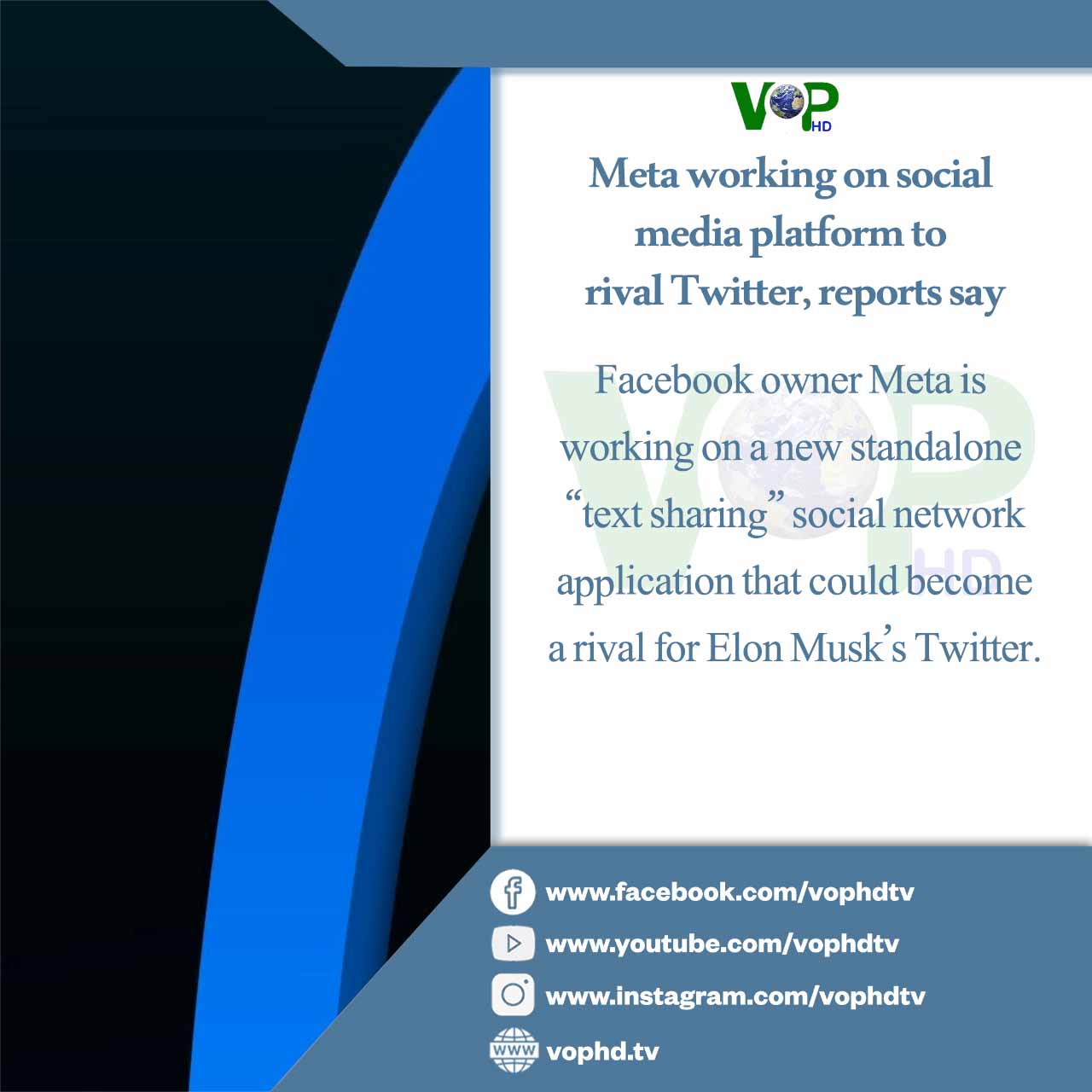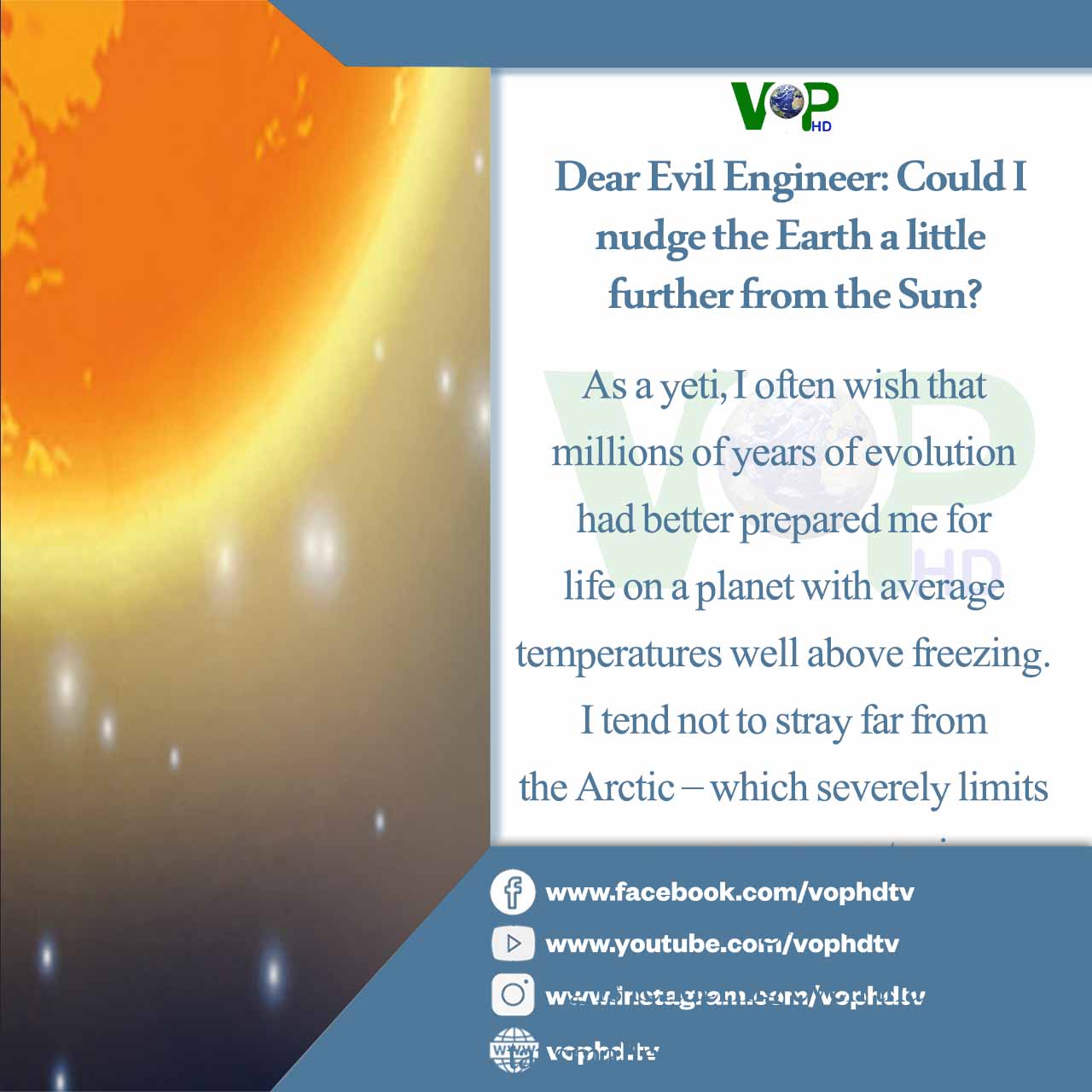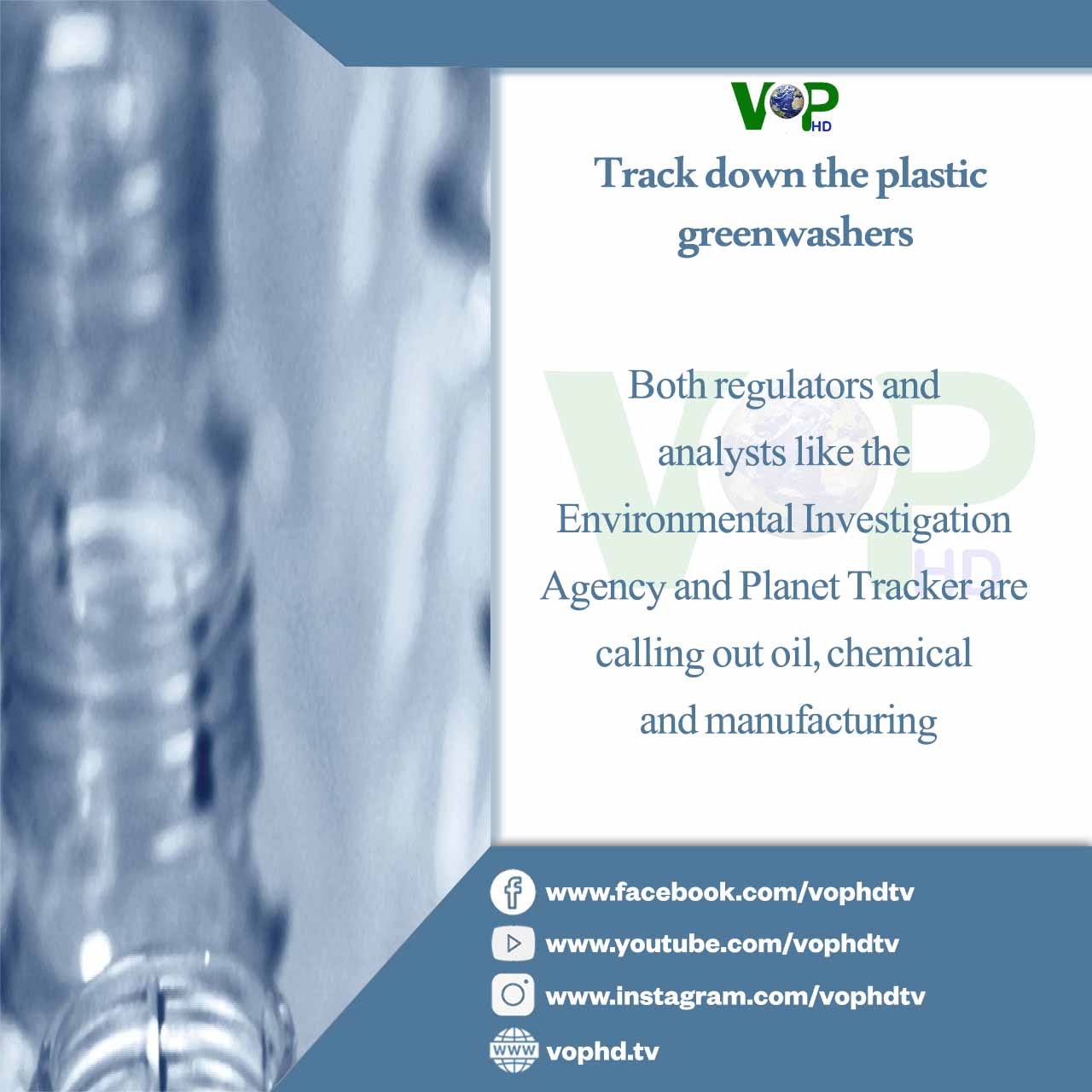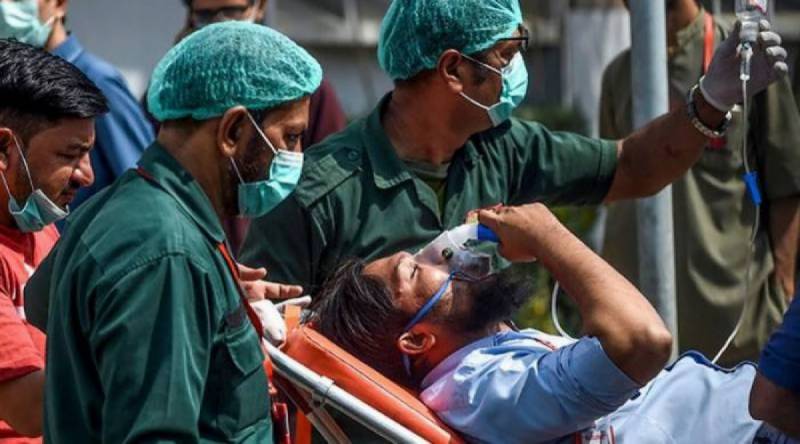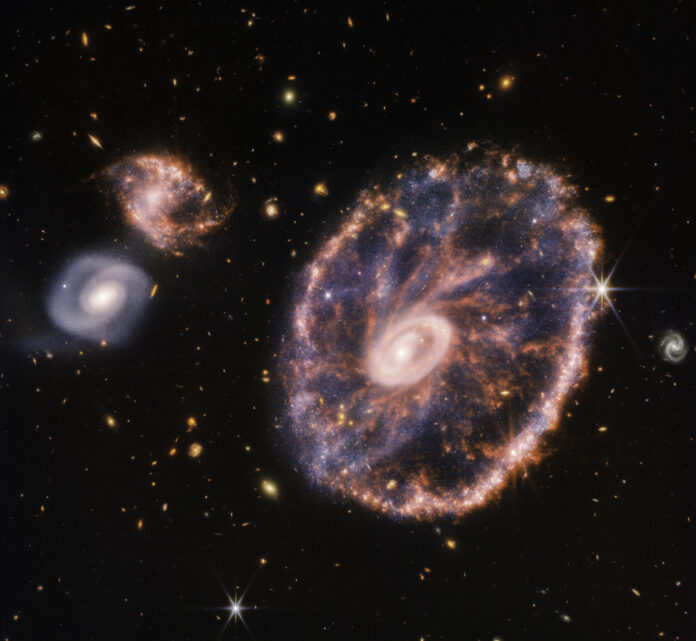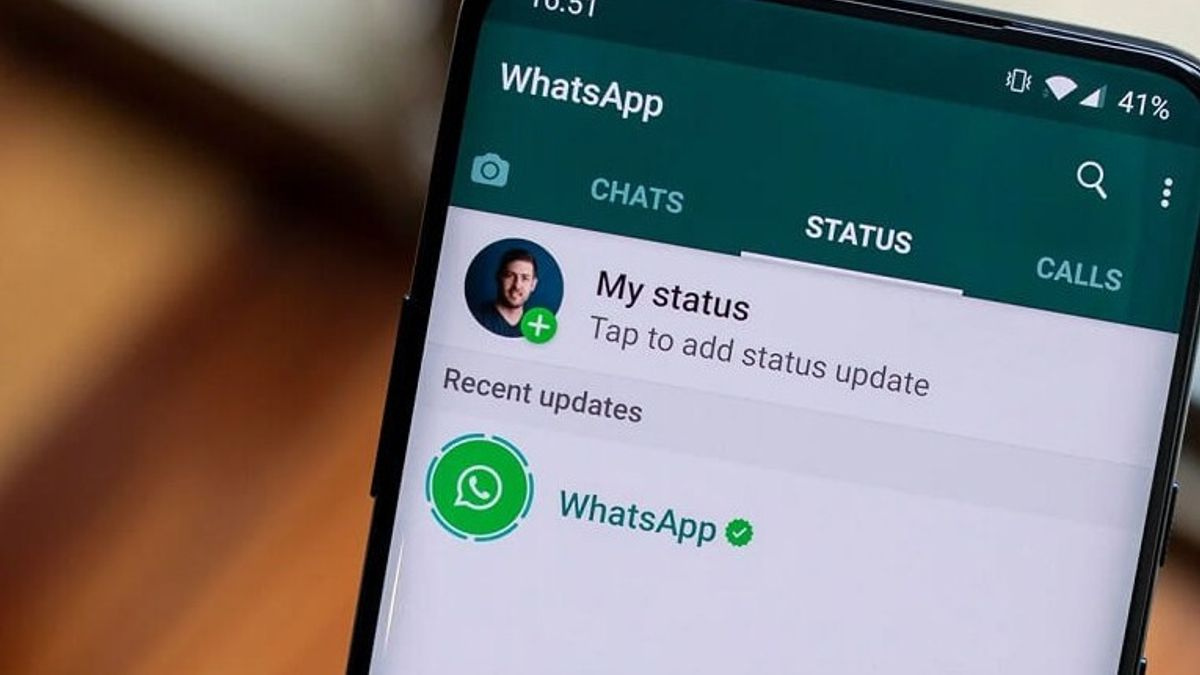
Climate change: Satellite maps warming impact on global glaciers
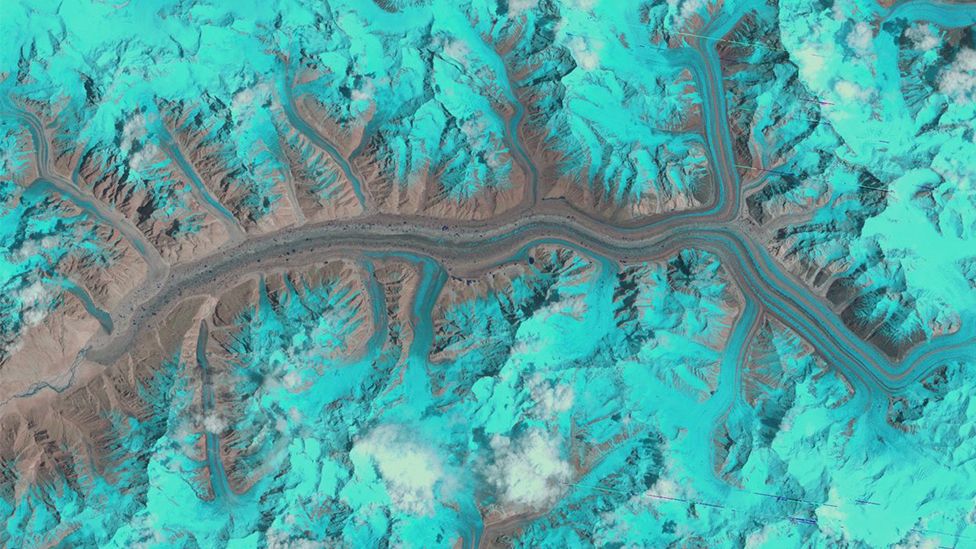
Scientists have obtained their best satellite assessment yet of the status of the world’s glaciers.
Europe’s Cryosat spacecraft tracked the 200,000 or so glaciers on Earth and found they have lost 2,720bn tonnes of ice in 10 years due to climate change.
That’s equivalent to losing 2% of their bulk in a decade.
Monitoring how quickly glaciers are changing is important because millions of people rely on them for drinking water and farming.
The world’s glaciers are distributed across all latitudes, not just at the poles. A few hundred are routinely measured at ground level – the best way to assess them. But for the vast majority, observation from space is the only way to keep an eye on how they are responding to climate change.
It’s important that we do that. Like the broader ice sheets, their whiteness reflects sunlight and helps cool the planet.
And in many parts of the globe, glaciers also function as critical water reservoirs. More than 20% of the world’s population is thought to be dependent in some way on summer melt waters that flow from glaciers – for drinking, for agriculture and to drive hydropower stations.
























































































































